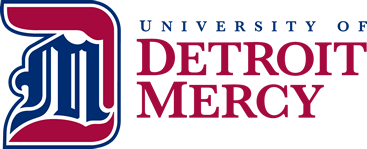

Page contains:
An open access journal is a scholarly journal that provides free and unrestricted access to its content - meaning users can not only read an article for free, but can also download, copy, and distribute the article without violating copyright.

Hymenopus coronatus (Orchid Mantis) by Total Kamoki (License CC BY-NC-SA 2.0)
aka fraudulent, deceptive, or pseudo-journals exploit the open access publishing model which relies on author fees to make research freely available. These publishers charge author processing fees but do not fulfill their end of the bargain by providing the editorial, peer review, and publishing services that ensure the quality and legitimacy that reputable academic journals provide.